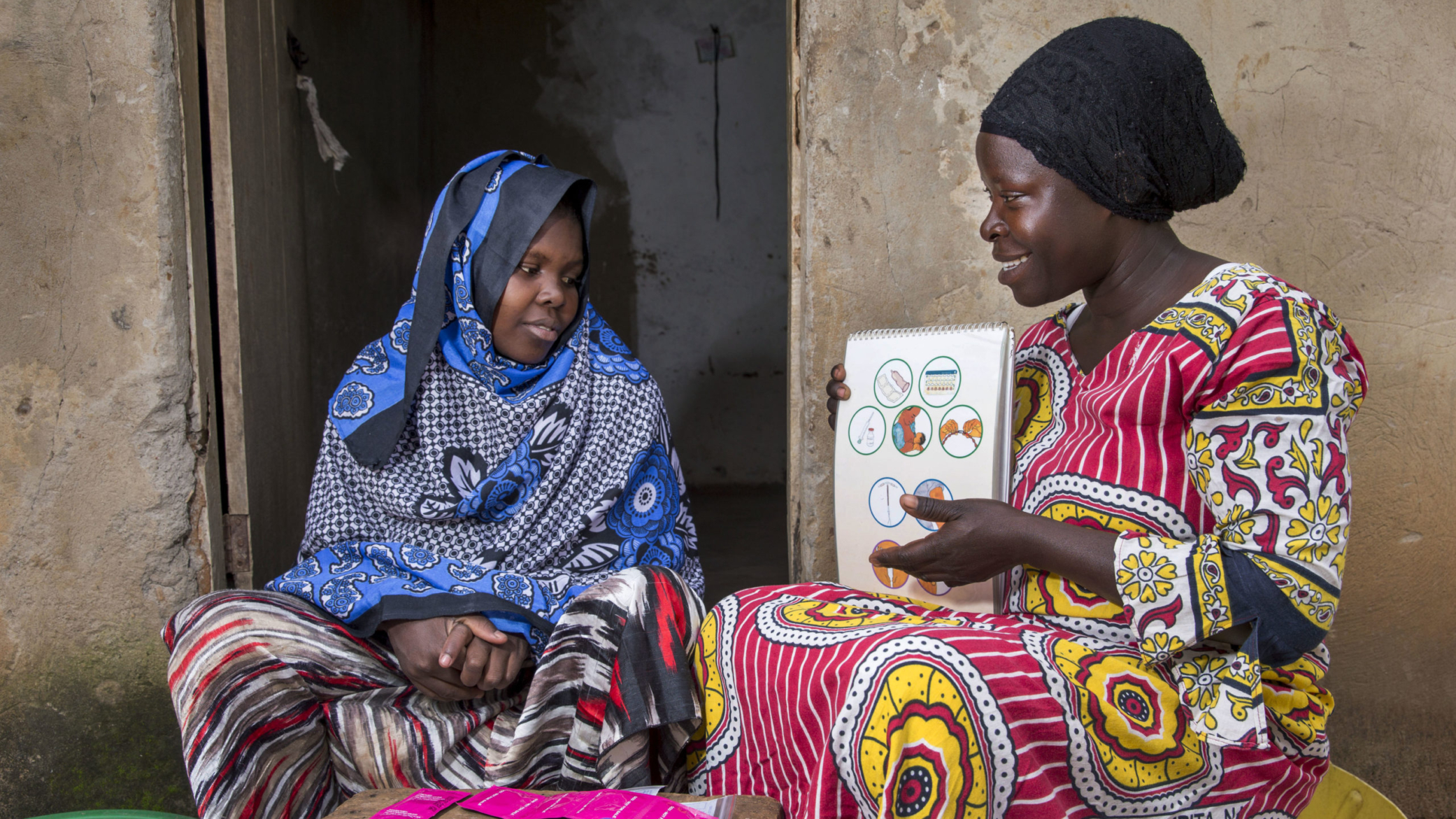Reflecting on five years of funding in international reproductive health

In anticipation of the release of our refreshed strategy in the coming weeks, we are excited to share the comprehensive evaluation of our International Reproductive Health (IRH) grantmaking from 2014–2020 (full report available here).
We kicked off our evaluation and strategy refresh process last year, centering our guiding principles of diversity, equity, and inclusion; collaboration based on mutual respect; and openness, transparency, and learning. In line with these principles, the evaluation gathered significant input from grantee partners, who had the opportunity to share feedback on their impact, challenges, and the Hewlett Foundation’s contributions as a funder. We shared more about this process alongside initial evaluation findings last fall.
Our 2014–2020 IRH strategy specified three outcomes: (a) to ensure no woman has an unwanted pregnancy; (b) to ensure that no woman dies of an unsafe abortion; and (c) to make reproductive health an integral part of broader development goals. We worked toward these outcomes through three pillars of work: service delivery, advocacy, and research. Over this period, the strategy delivered a total of $165 million in grants, with approximately 40% in service delivery, 38% in advocacy, and 22% in research. We made a total of 268 grants to 75 grantees, and 35 grantees received multiple grants.
Below, we share the key findings and recommendations from the evaluation that informed our refreshed strategy:
- Access to contraception and safe abortion has grown in Francophone West Africa (FWA) and East Africa. The Hewlett Foundation’s concentrated use of both financial and non-financial contributions was an important catalyst for regional change. We have a catalytic effect when we direct a mix of grantmaking tools and “beyond the grant dollar” efforts in a focused way. This was particularly evident in our work in FWA, where we helped establish the Ouagadougou Partnership (OP) with other donors, national governments, and civil society and complemented this with grants to international non-governmental organizations (INGOs) advancing service delivery, advocacy, and research in the region.
- We do better with focus. More tightly defined outcomes can help us contribute to greater impact and create more space to learn alongside our grantee partners. The outcomes that guided our 2014–2020 strategy were broad and long-term. This made it difficult to measure progress within five years. It also impeded opportunities to bring cohorts of grantee partners together for collective learning and problem solving. By establishing greater focus and more clearly defined outcomes, we will be better able to identify synergies across our portfolio, engage in more iterative learning with our partners, and hold ourselves accountable to the field for delivering outcomes.
- Work across our three pillars—advocacy, research, and service delivery—remains valuable, but there is opportunity for greater synergy. The evaluation validated our continued focus across these pillars while highlighting the need for greater connection and synergy across them. For example, while some research grantees made effective links with advocates and policymakers, research grants overall were not designed to encourage research use in line with other IRH work in advocacy and service delivery. Our refreshed strategy will consider a more integrated approach to our work that ladders up to more clearly defined outcomes.
- Providing general operating support (GOS) and flexible grant funding is a powerful tool that should be aligned to our strategic priorities. GOS is an important tool for building field capacity and supporting organizational growth. However, the evaluation highlighted that a high proportion of our GOS grants went to organizations headquartered outside Hewlett’s focus geographies. The evaluation recommended that we establish an explicit purpose and set of criteria to guide GOS funding to improve strategic alignment and impact. In parallel, the evaluation suggested that we consider extending flexible grants to organizations headquartered in East and FWA or directly to the regional offices of our global partners.
- Our guiding principles influenced both what we funded and how we engaged as donors. We can further embed these principles in our grantmaking approach. Grantees value the foundation’s commitment to openness and transparency, mutual respect, and staying the course for meaningful change. We will seek out ways to ensure these continue to guide our work and that there are new opportunities for us to listen, learn, and improve our own engagement and practices.
This is a select set of learnings with more included in the full report. The evaluation was a critical tool to inform our understanding of how we support our partners and change in the SRHR field. We hope these findings are helpful to your work as well, and we look forward to your thoughts and input.
A special thanks to our partners, Evaluating for Equality, who led the evaluation, and to Afton Bloom and Niyel, who contributed.
